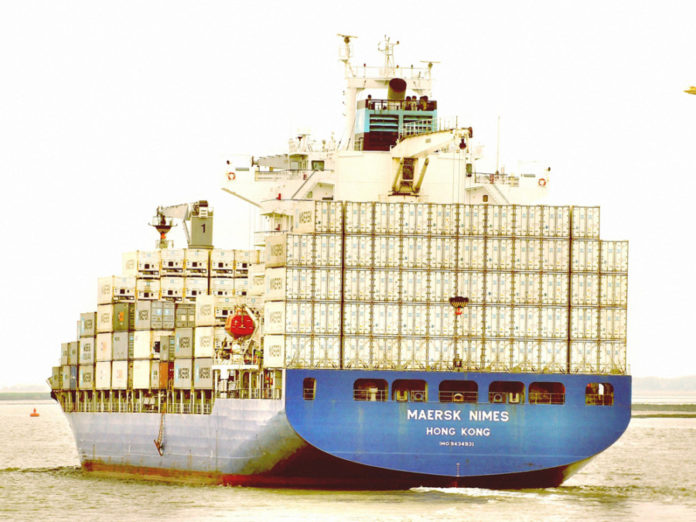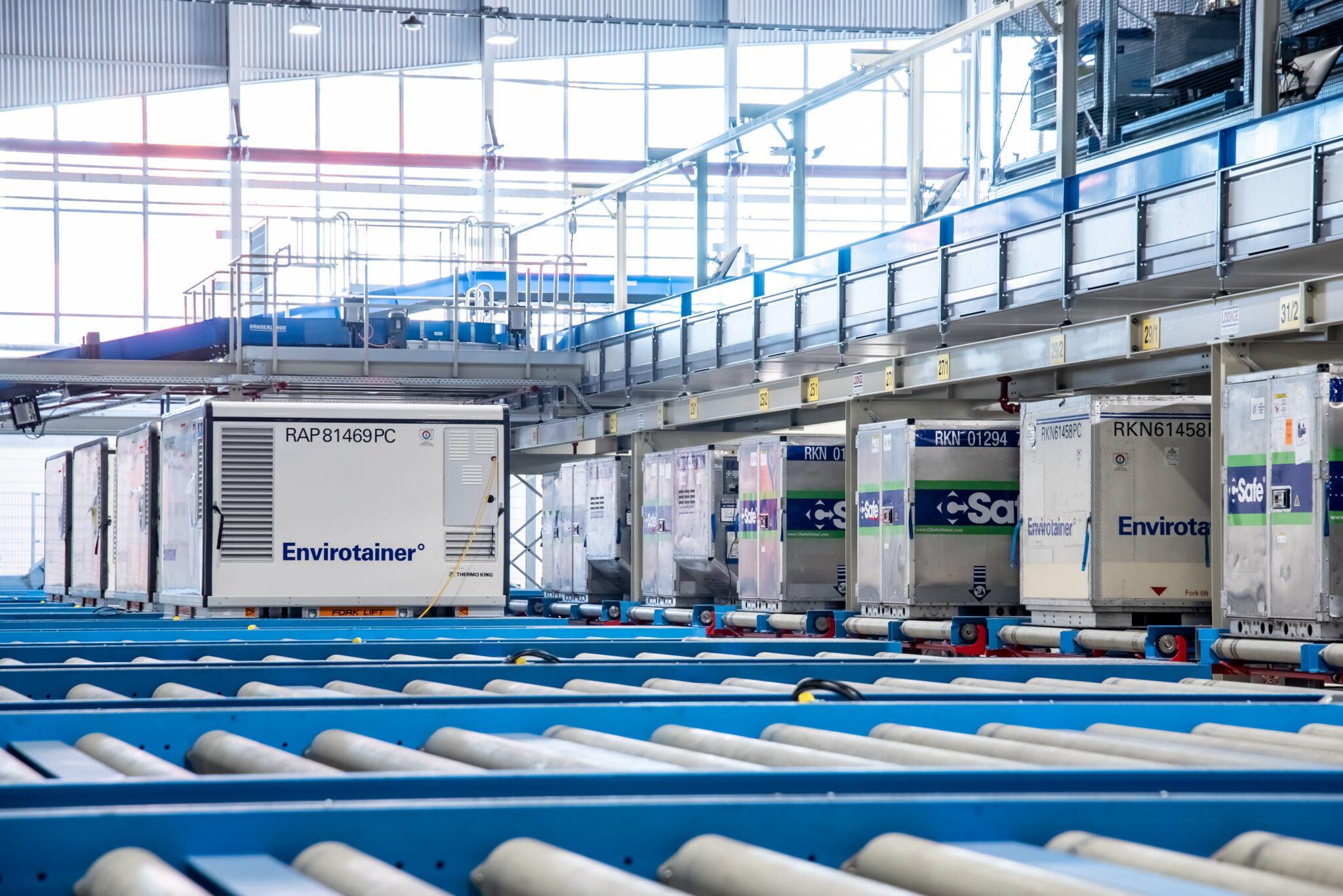

In recent years, the pharma airfreight business has been grappling with intensifying quality and regulatory pressures as it seeks to grow this potentially lucrative niche of the logistics business. But it is proving an uphill struggle.
That is the opinion of London-based maritime pharma logistics supply chain consultant Alan Kennedy.
The other primary modes of long-haul transport are similarly attracted to this segment as they seek meaningful returns in what remains a highly competitive market space.
There has been a noticeable swing away from air to ocean freight as pharmaceutical companies, faced with unprecedented cost pressures and a growing frustration with “mediocre supply chain performance”, make rational commercial decisions on what constitutes the optimum transport mode for bulk pharma.
He says: “After witnessing years of the sector haemorrhaging pharma business in this way, IATA, famously accused by one prominent industry practitioner of ‘sleeping on the job’, finally woke up to this reality in 2013 with the instigation of its CEIV Pharma certification scheme.
Essentially, CEIV is IATA’s attempt to raise standards and gain pharma’s trust by providing ostensibly hard-pressed logistics operators with an air-freight-friendly overlay to the different global GDP regulations.
“But is more certification really the best way forward for improving the quality of pharma-logistics? Certainly the IATA scheme is not without its critics. It is widely maligned for being too expensive, too complex, too disjointed and, at a time when pharmacos are increasingly multi-modal in outlook, too limited in scope. And although IATA can point to a degree of success with the program, at least in terms of participant numbers, does this point to a real impact on quality? Some of its more cynical censors are inclined to portray CEIV Pharma, on the one hand, as a shameless income generator for IATA and, on the other hand, as just another marketing logo for logisticos to brandish in front of increasingly bewildered clients.”
That said, indicators from the market do not yet point in the direction of a wholesale shift in performance. In January 2018, at a major supply chain conference in London, the logistics director of one pharma company raised a few eyebrows when he revealed that ”we have thousands of excursions every year and it takes up to 25 man-hours to assess each event.”
In other words, even where there is no direct product loss, regulatory investigations and excursion assessments are very expensive and resource-consuming distractions. And the same goes for insurance and claims for damages which can be even more time and labour consuming.
Clearly there is still a long way to go. Kennedy asks whether we are coming up against the inherent limitations of certification schemes? As Scott Poynton said in his seminal paper Beyond Certification: “Maybe it is time to break away from our addiction to certification (and) from all the complex, controlling systems we have built?”












